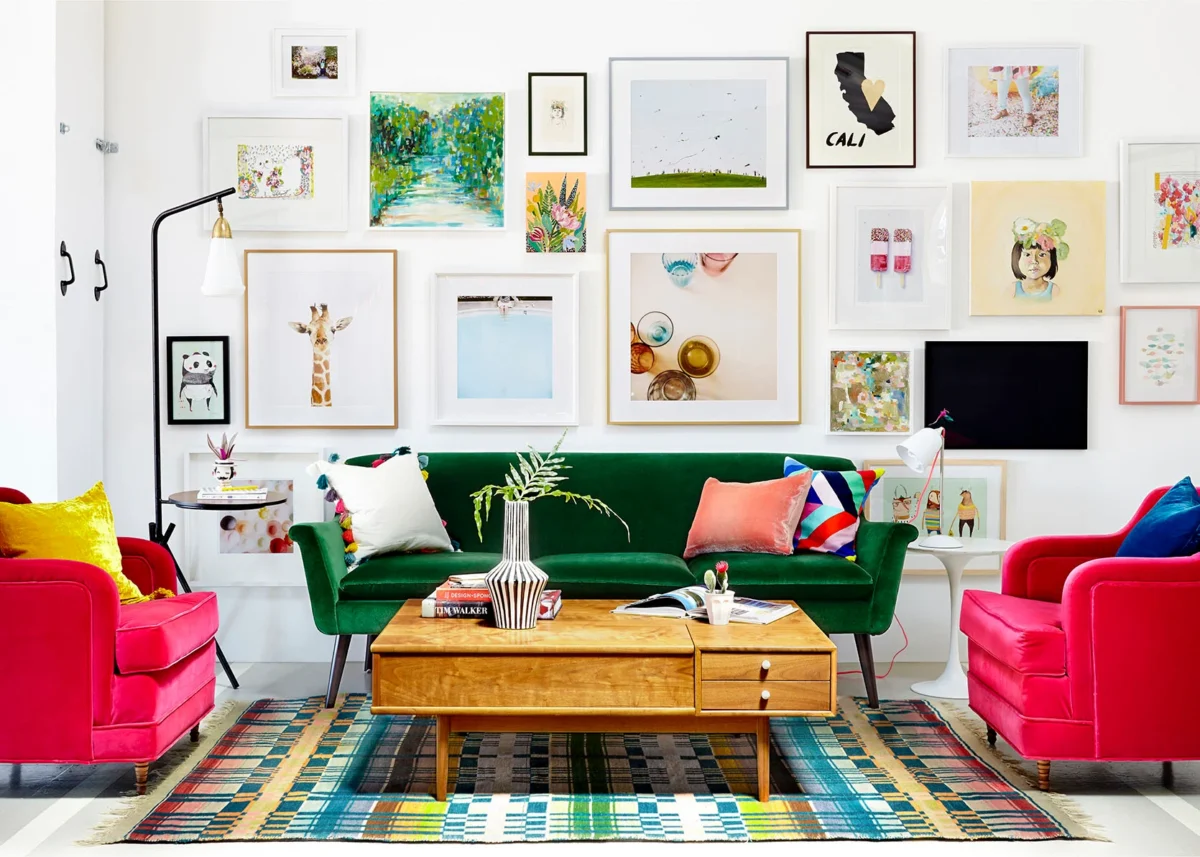
Art easily transforms a house into a home, adding personality, warmth, and style to any space. Whether it’s a bold statement piece in the living room or a gallery wall in the hallway, the right artwork improves your interior design, making it feel more cohesive and inviting. However, choosing art that complements your home’s aesthetic isn’t always that easy.
With countless styles, mediums, and sizes available, finding the perfect pieces can be overwhelming. Our guide will help you navigate the process of selecting art that aligns seamlessly with your home’s style while reflecting your personal taste.
Understanding Your Home’s Aesthetic
Before you select custom art, it’s essential to understand your home’s overall aesthetic. Art should enhance the existing design elements rather than clash with them. Start by analyzing your home’s style, color palette, and use of materials to establish a foundation for your choices.
Identifying Your Style
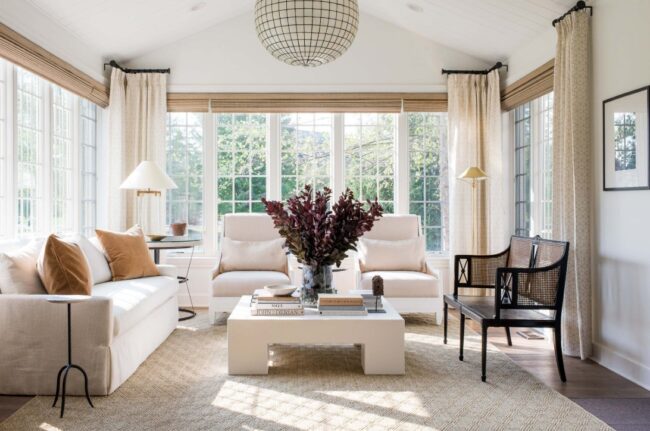
Your home’s aesthetic likely falls into one or more of the following categories. Understanding which style dominates your space can guide you in selecting artwork that feels like a natural extension of your decor.
- Minimalist ─ Clean lines, neutral tones, and uncluttered spaces are typical minimalist interiors. Opt for simple, understated art pieces that reflect this functional approach. Black-and-white photography, abstract works with limited color palettes, or single-subject pieces can work beautifully.
- Modern ─ Sleek and contemporary, modern interiors often come with bold colors, geometric patterns, and innovative designs. For a modern aesthetic, choose art that makes a statement, such as large-scale abstract paintings or pieces with vibrant, unexpected hues.
- Traditional ─ Classic and elegant, traditional homes are characterized by rich details, ornate furniture, and timeless designs. Art with historical themes, traditional landscapes, or realistic portraits can harmonize well with this style.
- Bohemian ─ Free-spirited and eclectic, bohemian interiors thrive on layers of texture, color, and pattern. This aesthetic welcomes a mix of art styles, from vibrant and colorful pieces to handmade, textured wall hangings.
- Eclectic ─ An eclectic aesthetic combines elements from various styles, creating a unique and personalized look. Art choices for eclectic homes can be adventurous—mix and match pieces that tell a story or reflect diverse cultural influences.
Surely, your home style may be somewhere between two or more styles. It’s important to identify the dominant one, which is a starting point for further improvements.
Understand the Color Palette
The colors in your home play a critical role in determining the right art for your space. Consider the dominant and accent colors in your decor and decide how your art will interact with them.
- Dominant colors ─ Look for artwork that incorporates or complements the primary colors in your room. This can create a sense of harmony and balance.
- Accent colors ─ Alternatively, choose art that highlights accent colors in your decor. This approach can help tie together various design elements, making the space feel cohesive.
The color scheme at your home helps you decide whether it’s better to complement or accent the choice of art.
Texture and Material
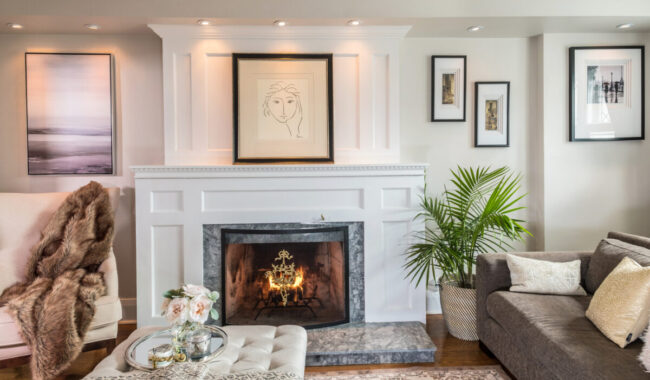
Pay attention to the textures and materials present in your home. Whether your interior features smooth surfaces like polished stone and glass or rough textures like exposed brick and natural wood, your artwork should echo or contrast with these elements.
- Smooth or textured surfaces ─ Minimalist homes may benefit from art with smooth, glossy finishes, while rustic or industrial interiors may pair well with textured, tactile pieces.
- Natural or synthetic materials ─ Consider the materials in your furniture and decor when selecting art. For example, organic materials like wood and linen pair well with earthy or handmade art, while metallic or synthetic finishes complement modern or futuristic designs.
When considering the textures and materials, you can easily plan on the budget too.
Choosing the Right Artwork
Once you have a solid understanding of your home’s aesthetic, it’s time to focus on the specifics of the artwork itself. From size and subject matter to framing and color, these details are crucial in choosing art that fits seamlessly into your space.
Size and Scale
The size and scale of an artwork can significantly impact its effect on a room.
- Proportion to the wall space ─ Large walls demand substantial pieces or a collection of smaller artworks arranged cohesively. Small walls, on the other hand, may look overwhelmed by oversized art.
- Relationship to furniture and architectural features ─ When placing art above furniture, such as a sofa or console table, ensure the width of the piece is proportionate.
Size matters a lot because the line between great taste and accidental clutter is so thin.
Subject Matter
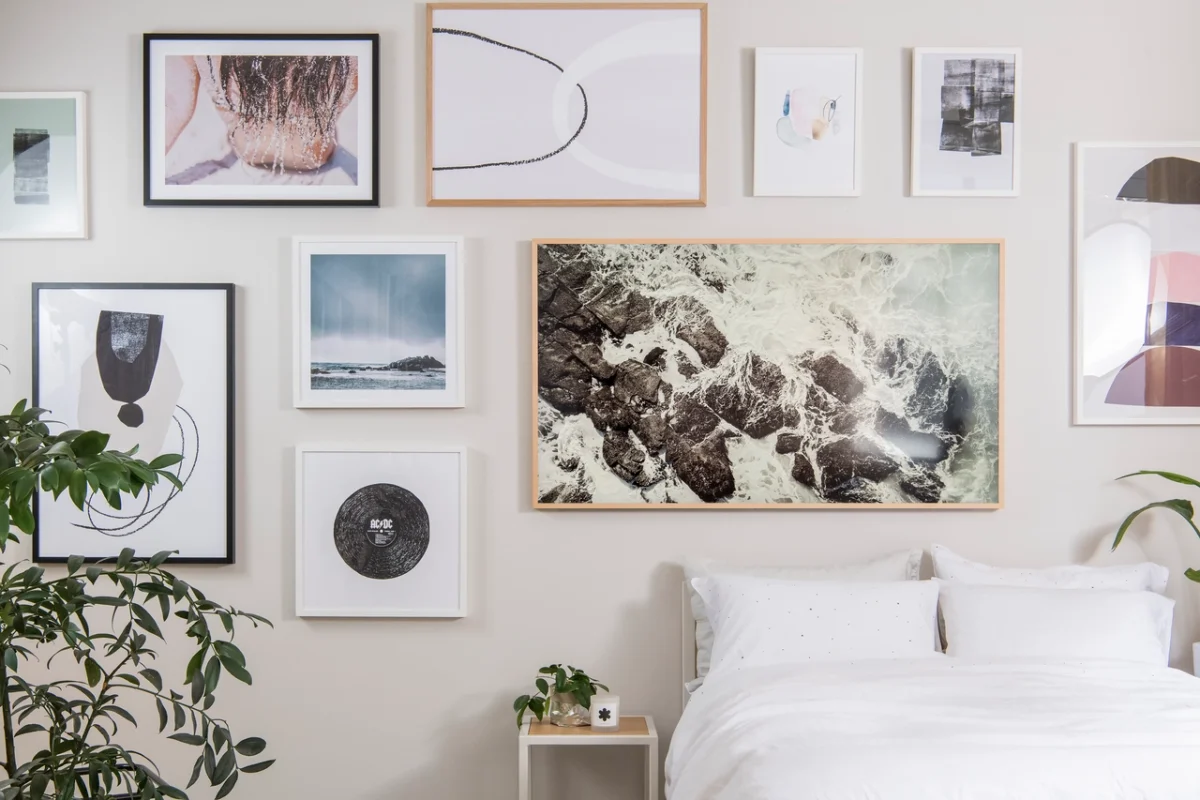
The subject matter of the art you choose should reflect your personal preferences and the room’s purpose.
- Abstract or figurative ─ Abstract art offers flexibility and blends with almost any style, while figurative works like portraits or scenes add a narrative element to the room.
- Natural or urban landscapes ─ Landscapes evoke a sense of calm, making them perfect for bedrooms or living rooms. Urban scenes or architectural art might be better suited for modern or industrial spaces.
- Still life or portraiture ─ Still-life paintings work well in kitchens or dining rooms, while portraiture can add character to libraries, studies, or hallways.
These practices aren’t set in stone, so experimenting is always a good idea at this point.
Framing
Framing is the finishing touch that enhances the presentation of your art.
- Enhancing the artwork’s aesthetic ─ Choose frames that complement the style of the artwork and the room. For example, ornate frames suit traditional art, while simple, sleek frames work for modern pieces.
- Protecting the piece ─ Frames also protect the artwork, particularly for pieces on paper, ensuring their longevity.
If you place sculptures, framing is not a mandatory part.
Tips for Art Placement
Where and how you place your art is as important as the pieces alone. Thoughtful placement ensures that your artwork enhances the room’s overall design. So, here are the options you have:
- Gallery wall ─ An excellent way to showcase multiple pieces while creating visual interest.
- Creating a Cohesive Arrangement: Plan your layout before hanging. Mix frames and sizes to add a dynamic touch.
- Mixing and matching sizes and styles ─ Combine different types of art, such as photographs, paintings, and prints.
- Scaling the artwork to the furniture ─ The width of the art should complement the furniture below it, avoiding pieces that are too small or too large.
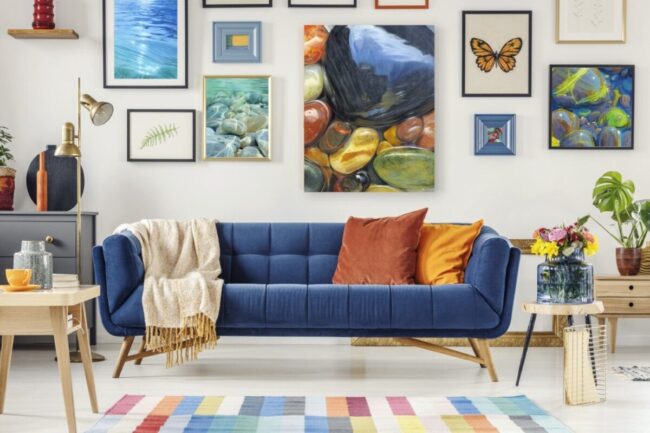
Conclusion
Selecting art for your home is exciting, especially if you understand your home’s aesthetic. Experimentation is key, so don’t be afraid to mix and match styles, play with colors, and try new arrangements. The art you choose should bring joy and make your home feel warm.
For further inspiration, explore art galleries, online platforms, and local artists to find pieces that resonate with your taste.
